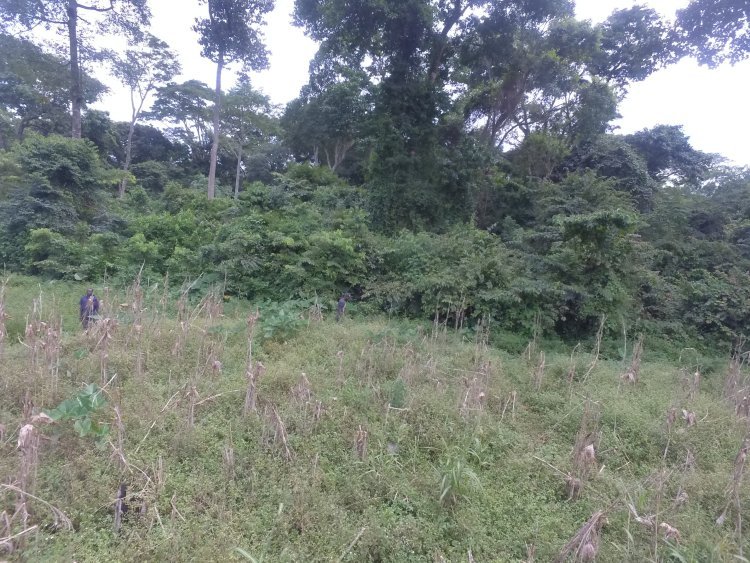Population Growth Posing Threat to Forest Cover - NFA

The rapid increase in population worldwide is having a significant impact on forest cover, with alarming rates of deforestation observed in recent decades.
According to the National Forestry Authority (NFA), agricultural expansion, logging, development, and other human activities have collectively led to the deforestation of more than 120,000 square kilometers each year over the past two decades.
In stark contrast, efforts to counteract deforestation through reforestation and natural re-regeneration have only managed to reclaim an area one-tenth of that size.
This imbalance continues a historical trend that has resulted in the depletion of more than half of the world's original forests.
"While the correlation between population growth and forest cover trends is undeniable, predicting this association is not straightforward," remarked NFA spokesperson Juliet Mubi.
"However, as responsible citizens, we have a duty to take action to address this issue."
The NFA emphasizes the importance of collective action in bridging the gap between population growth and forest conservation.
Planting trees and supporting reforestation efforts are crucial steps towards mitigating the adverse effects of deforestation and preserving the environment for future generations.
The call for action comes amidst growing concerns about the long-term sustainability of global forest resources. As populations continue to expand, the pressure on forests intensifies, posing threats to biodiversity, ecosystem stability, and climate regulation.
In response to these challenges, the NFA urges individuals and communities to prioritize forest conservation and sustainable land management practices.
"By working together to protect and restore forests, we can safeguard essential ecosystems, mitigate climate change, and ensure a sustainable future for all."

































